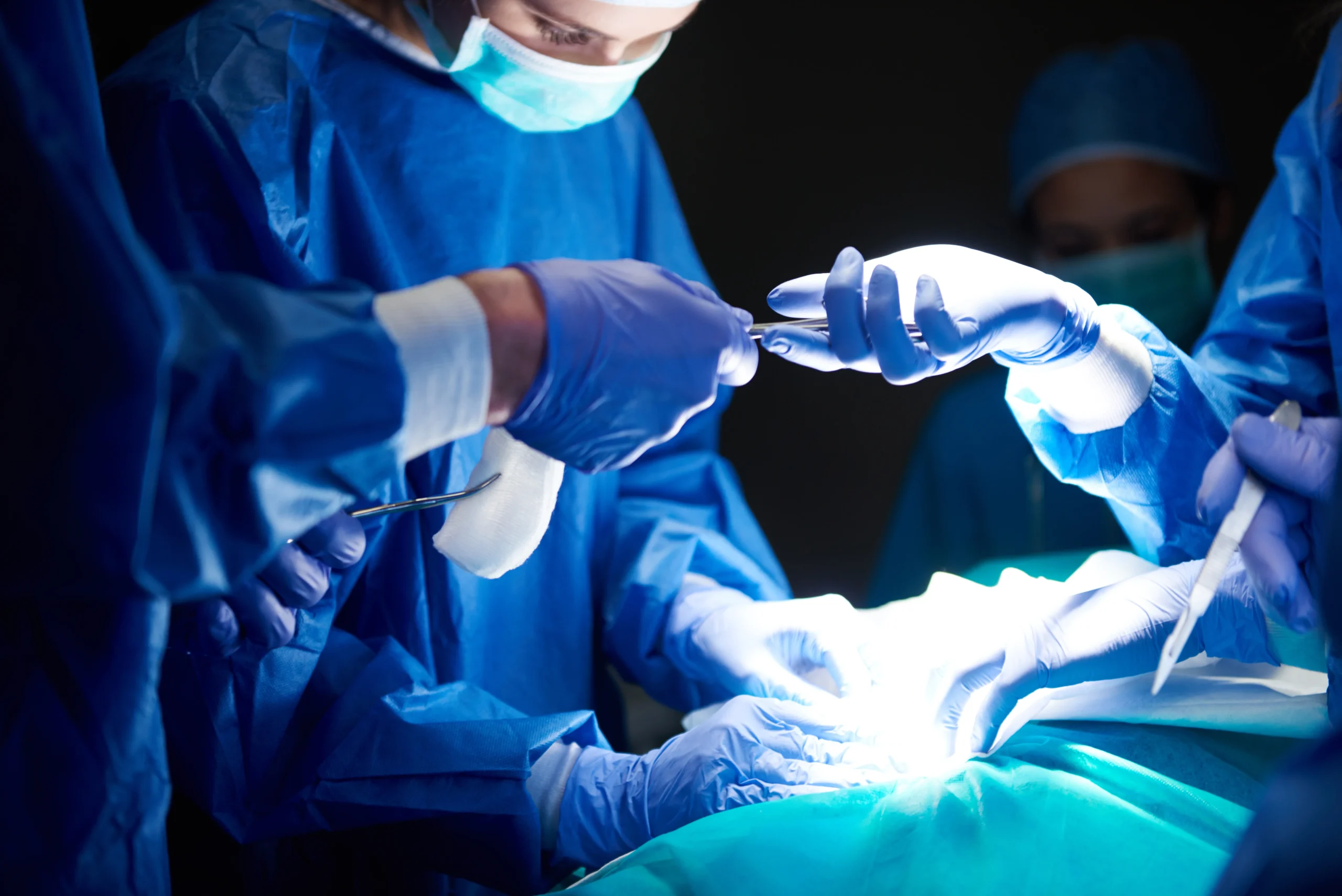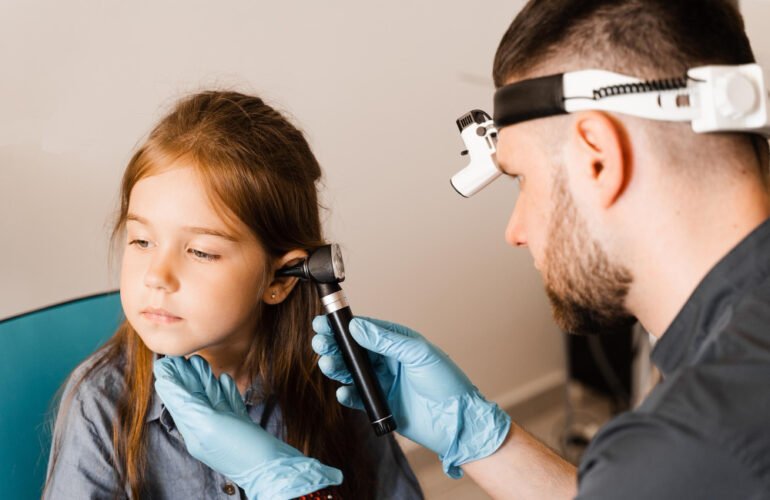Laparoscopy, also known as minimally invasive or keyhole surgery, is commonly used for procedures involving the abdomen or pelvis, such as gallbladder removal, appendix surgery, gynaecological procedures, or diagnostic tests. While the recovery is usually quicker and smoother than open surgery, it’s important to follow specific care instructions to ensure proper healing.
In this blog, we’ll walk you through the dos and don’ts after laparoscopy, helping you recover faster, avoid complications, and return to your daily routine safely.
Dos After Laparoscopy
1. Rest Adequately
- Take it easy for the first few days post-surgery.
- Listen to your body—rest promotes faster healing.
- Short naps and avoiding physical exertion are key.
2. Keep the Incision Clean and Dry
- Follow your doctor’s instructions for wound care.
- Change dressings if advised.
- Gently clean with mild soap and water after 24–48 hours (if allowed).
3. Start Walking Early
- Gentle walking helps prevent blood clots and improves digestion.
- Start with short walks around the house and gradually increase.
4. Take Medications on Time
- Pain relief, antibiotics, or other medications must be taken as prescribed.
- Do not skip doses—even if you feel better.
5. Eat a Light, Healthy Diet
- Start with soft foods or liquids post-surgery.
- Gradually reintroduce fibre-rich and nutritious meals.
- Stay hydrated by drinking plenty of water.
6. Wear Loose, Comfortable Clothing
- Choose soft, loose-fitting clothes that won’t irritate your incision sites.
7. Follow Up With Your Doctor
- Attend all scheduled follow-ups.
- Inform your doctor of symptoms like fever, redness, swelling, or discharge from incisions.
Don’ts After Laparoscopy
1. Don’t Lift Heavy Objects
- Avoid lifting anything heavier than 5 kg for at least 2–4 weeks.
- Lifting can strain abdominal muscles and delay healing.
2. Don’t Drive Immediately
- Wait 24–48 hours or until you are pain-free and off strong painkillers.
- Driving too soon can be risky due to reduced reaction time.
3. Don’t Skip Meals
- Your body needs energy to heal.
- Even if you’re not very hungry, eat small, frequent meals.
4. Don’t Engage in Strenuous Exercise
- Avoid gym workouts, running, or abdominal exercises for at least 3–4 weeks.
- Resume only after your doctor’s clearance.
5. Don’t Smoke or Drink Alcohol
- Smoking slows healing and increases the risk of infection.
- Alcohol can interfere with medication and slow recovery.
6. Don’t Ignore Warning Signs
Seek medical attention if you notice:
- High fever
- Intense pain that worsens
- Excessive bleeding
- Foul-smelling discharge from wounds
- Severe bloating or vomiting
Conclusion
Laparoscopy offers many advantages—smaller incisions, less pain, and faster recovery. But to reap these benefits fully, it’s important to follow the correct dos and don’ts after laparoscopy. Every patient’s recovery is unique, so always check with your surgeon for personalised advice.
Taking good care of yourself in the first few weeks post-surgery sets the foundation for a smooth and healthy recovery.




